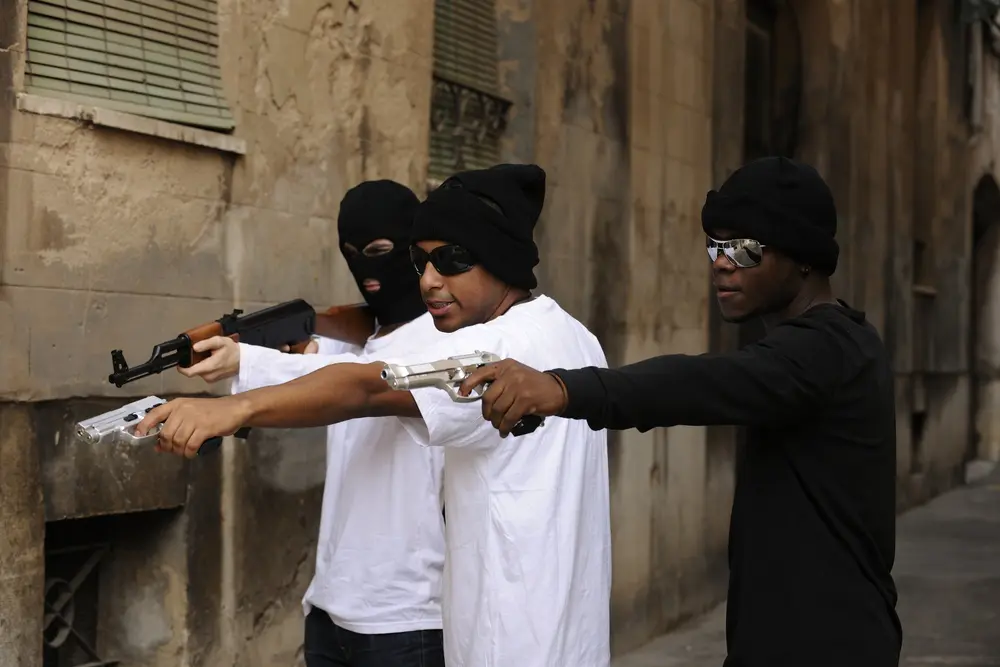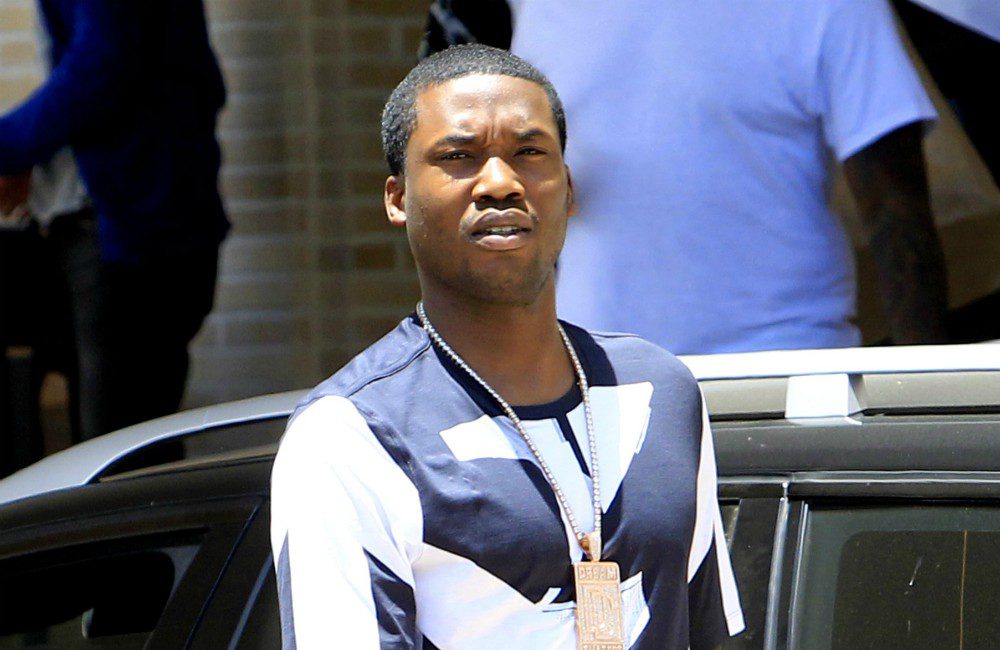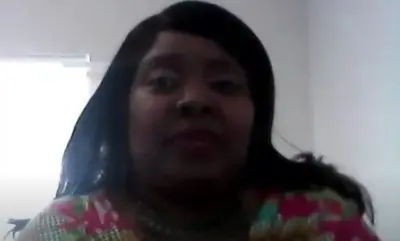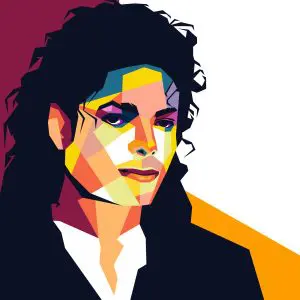Rap music stands as a vibrant tapestry woven into the very fabric of the Black community, serving not just as an art form but as a resonant voice echoing its culture, struggles, and resilience. Yet, amidst its artistic prowess, the link between rap music, violence, and its reverberations within the Black community is a subject steeped in controversy and significance.
For decades, rap has been a pillar of cultural expression, a dynamic force that encapsulates narratives often overlooked or silenced. However, its portrayal of violence and its potential impact on the community spark critical discussions that demand nuanced examination.
Within this artistic landscape, there’s a dichotomy — the celebration of life’s triumphs interwoven with depictions of strife. This intricate balance prompts reflection on the implications of rap music’s portrayal of violence and how it resonates within the diverse tapestry of the Black community. Understanding this relationship requires a holistic perspective, one that acknowledges both the artistic freedom of expression and the potential influences on societal attitudes and behaviors.
At the outset, it’s crucial to acknowledge that rap music serves as a reflection of society, often addressing issues like systemic racism, poverty, and injustice. It provides a platform for artists to express their realities and share narratives that may otherwise go unheard. Yet, within this artistic expression, there exists a discourse on the portrayal of violence.
The portrayal of violence in rap music is a contentious subject. Some argue that it perpetuates negative stereotypes and glamorizes a culture of violence, potentially influencing impressionable audiences, particularly the youth. Lyrics that glorify violence, drugs, and criminal activities have been scrutinized for their potential impact on shaping attitudes and behaviors.
However, it’s essential to dissect the complexities of this narrative. While some rap lyrics may contain violent themes, it’s important to recognize that they often stem from lived experiences in communities plagued by social and economic challenges. For many artists, rap serves as a form of storytelling, shedding light on harsh realities rather than promoting violence.
The impact of rap music on the Black community is multifaceted. On one hand, it can be a tool for empowerment, fostering a sense of identity and unity among listeners. It has been instrumental in advocating for social change and addressing issues faced by marginalized communities. On the other hand, the potential normalization of violent imagery and themes poses concerns about its influence, especially on impressionable individuals.
It’s crucial to differentiate between the artistic expression of reality and the glorification of violence. While rap music may reflect certain aspects of life, it’s not the sole determinant of behavior. Factors like socioeconomic status, education, family environment, and community support play pivotal roles in shaping an individual’s beliefs and actions.
Moreover, the responsibility doesn’t solely lie with artists but extends to the industry, media, and society at large. Encouraging a more diverse representation of narratives within rap music, promoting positive messages, and fostering critical thinking among listeners can help mitigate potential negative impacts.
In conclusion, the intricate connection between rap music, violence, and their resonance within the Black community necessitates a nuanced approach. Rap, beyond being an art form, is a conduit for narratives often marginalized, expressing the spectrum of experiences within the community. However, the portrayal of violence demands scrutiny and understanding.
Navigating this terrain involves embracing the complexity of artistic expression while acknowledging the potential impact on perceptions and behaviors. It’s pivotal to engage in informed conversations that encompass diverse perspectives, fostering an environment where critical analysis and empathy intersect.
Moving forward, prioritizing strategies that empower communities and uplift positive narratives within rap music becomes paramount. Recognizing rap’s cultural significance and its role as a catalyst for change underscores the need to balance artistic freedom with social responsibility. Striving for a symbiotic relationship where rap thrives as an expression of truth while advocating for constructive impacts within the Black community remains the ongoing goal.
As the dialogue persists, it’s pivotal to champion inclusivity, understanding, and progress, ensuring that rap continues to be a beacon of resilience and representation within the rich tapestry of Black culture.
This story was created using AI technology.











2 Responses
Five words: il-lum-i-na-ti
WHEN YOU HAVE MUNICIPALITYS ACCEPTING THAT TYPE OF BEHAVIOR & HOLLYWOOD GLORIFIEING IT THIS THE OUT COME . BLACK PEOPLE NEED TO STOP THINKING THIS TYPE OF BEHAVIOR IS COOL IT SHOWS YOUR IQ